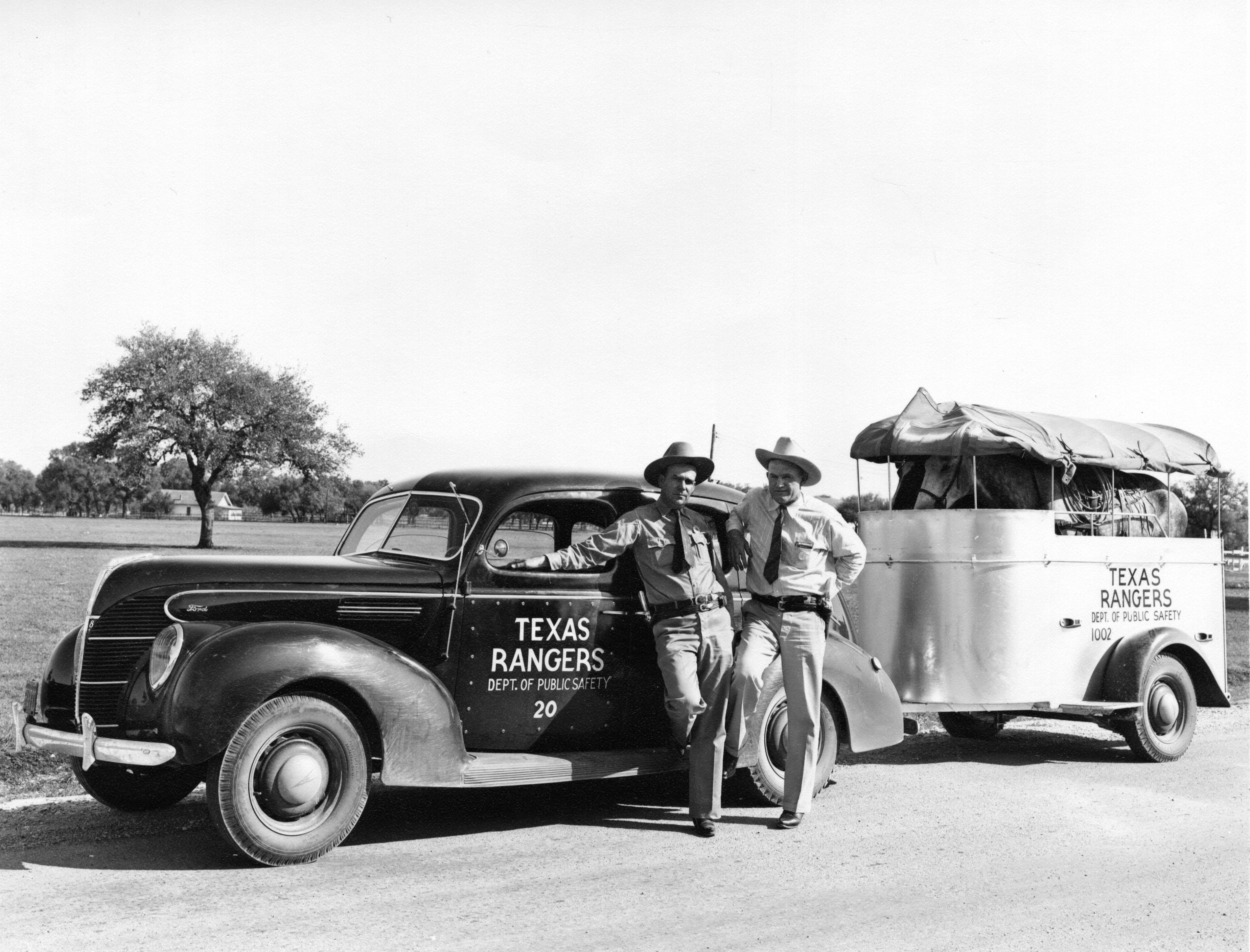History of the Texas Rangers
The Texas Rangers are the stuff of legends, heroes of Hollywood films, and the ideal image of a Texas lawman that youngsters grow up dreaming of becoming. But the true history of the Texas Rangers is a complicated, often conflicted tale.
For nearly 200 years, the world-famous scouts have been synonymous with the image of the Lone Star State. But do you know the true history of the Texas Rangers?
The Early Days
The Rangers’ story begins in 1823, when Stephen F. Austin announced that he would form a 10-man militia and pay them $1.25 per day out of his own pocket to supplement the Mexican militias that were supposed to protect the new settlers in Texas.
When the Texas Revolution began, the Rangers were not yet the legendary skilled fighters they would become. They served mostly as envoys and scouts, herding cattle and chaperoning refugees after the fall of the Alamo.
The Indian Wars
The Texas Rangers’ reputation as fierce fighters began to grow during the early years of the Republic. Unlike his predecessor Sam Houston, Texas President Mirabeau B. Lamar promoted a hostile policy toward the Native American tribes living in Texas, and he used the Texas Rangers as his fighting force to push back the tribes and encourage westward expansion.
During the wars, the Texas Rangers were led by a charismatic leader name John “Jack” Coffee Hays, whose Rangers fought Comanche and Mexican troops who encroached on the territory of the new Republic. Although the Rangers were often outnumbered by the Native Americans, the Rangers’ fighting style, horsemanship, and use of revolver pistols overmatched their opponents.
By the end of Lamar’s time in office, the Rangers had defeated or pushed back most of the tribes in Texas.
“Los Diablos Tejanos”
The Texas Rangers’ rise to global fame came during the Mexican War. Gen. Zachary Taylor relied on the Rangers to push ahead of his army, scout territory, and engage Mexican troops in skirmishes. The Rangers accompanied American troops on campaigns deep into Mexico. They overwhelmed their opponents through sheer force and speed. Their fierce fighting style and victorious record earned them the nickname “Los Diablos Tejanos” — The Texas Devils.
The Texas Rangers emerged from the Mexican War a legendary and feared group of soldiers. But after the war, when the Texas frontier had been successfully defended against both Native American raids and Mexican encroachment, the Rangers were left with no clear new objective or role. And so, when the Civil War broke out, many of the Rangers enlisted in the Confederate Army.
Lawmen of the West
During Reconstruction, Texas’ frontier once again needed defending from Native American raids, Mexican bandits, and the outlaws and gunmen who cropped up along the frontier during the days of the Wild West. In 1874, the Texas Legislature approved the first permanent Ranger force, and they set about policing the frontier.
During this time, the Rangers were instrumental in driving the last Comanche and Kiowa tribes from the state. The Texas Rangers also tracked down outlaws like Sam Bass and John Wesley Hardin. However, the Texas Rangers were almost too successful. By the end of the 19th century, Texas settlements had reached the frontier, and the Rangers once again found themselves without a clear mission.
Killings on the Border
The tensions along the Rio Grande simmering between the United States and Mexico flared up at the turn of the century. The Texas Rangers patrolled the border, often engaging in skirmishes with Mexican troops. The Mexican Revolution in 1910, fears of German encroachment via Mexico during World War I, and Pancho Villa’s raid in New Mexico in 1916 all contributed to the fever pitch. The Rangers responded by launching marauding attacks along the border between 1914 and 1919, resulting in the killing of around 5,000 Hispanics.
The once-revered Rangers were now a source of outrage and embarrassment, and the Texas Legislature set about reforming the organization. They raised salaries to attract more qualified officers and put in place a system of checks and balances, hoping to curb vigilante behavior. The Rangers spent the next decade patrolling the border for alcohol smugglers during Prohibition.

Courtesy of the Texas Ranger Hall of Fame and Museum, Waco, TX.
Disbandment and Reinvention
During the Great Depression, the fortunes of the Rangers fell once again. With their budget slashed, the force dwindled to just 45 members before a new governor, Miriam A. “Ma” Ferguson, disbanded the group altogether. After a slew of bandits — including Bonnie Parker, Clyde Barrow, and George “Machine Gun” Kelly — swung through Texas during the 1930s, Ma Ferguson’s successor, James Allred, reestablished the Texas Rangers under the newly created Texas Department of Public Safety. New standards for recruitment were put in place, and careful reporting of Rangers’ activities was instituted.
Throughout the 20th century, continued reforms would refine this model. Recruits were required to have previous police experience and undergo rigorous training. As a reward for such high standards, the Texas Rangers were equipped with cutting-edge technology, like radios and fast cars, and an array of weaponry. The Texas Rangers emerged as the elite unit of Texas law enforcement, and they continue to serve that role today. They earned a reputation for being tough, determined, and intelligent investigators, and uphold a long tradition of protecting Texans and maintaining the peace.
Texas is full of heroes. Meet the heroic state park rangers who save lives on Texas’ trails (and off), the volunteers who go out into Texas’ wild on rescue missions, and a storm chaser who battles tornadoes to give us weather warnings.
Photographs courtesy of the Texas Ranger Hall of Fame and Museum, Waco, TX.
© 2018 Texas Farm Bureau Insurance



